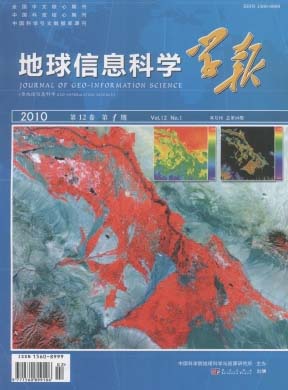ARTICLES
WEI Xin, QIAO Yuliang, WANG Peng
2010, 12(1): 111-118.
Taking three periods of remote sensing images(TM/ETM+,in 1990,2000 and 2007) as the main data source,in this paper we firstly select Xiangning County of Shanxi Province which is known as "Coal Town" as the experiment area;then make an analysis and monitoring to basic elements of the ecological environment,such as land use,vegetation coverage,soil erosion and so on.Based on five remote sensing monitoring indexes which aim to evaluate ecological environment,the environmental ecological index(EI) is computed by giving weight to every index.According to the foundation of ecological environmental classification and eco-environment changing rate classification,we make scientific estimation to the ecological environmental condition of the experiment area by monitoring methods of combining GIS and remote sensing technology.Through EI calculation and evaluation in the experimental area,the result shows:(1) from 1990 to 2007,farmland decreases continuously;woodland firstly decreases and then increases,in general,it increases evidently;the area of meadow increases firstly and then decreases,conclusively,it shows decreasing tendency;the construction land increases continuously;and the unutilized land firstly increases and then decreases,conclusively,it shows decreasing tendency.(2) from 1990 to 2007,coverage of high vegetation firstly decreases and then increases,coverage of low vegetation decreases continuously,and coverage of medium vegetation increases slowly;(3) from 1990 to 2007,area in light erosion increases firstly and then decreases,conclusively,it does not have apparent change;the medium erosion area decreases firstly and then increases,conclusively,it shows increasing tendency;and the area in heavy erosion increases firstly and then decreases apparently,conclusively,it shows decreasing tendency;(4) from 1990 to 2000,the ecological environment condition in the experiment area becomes worse evidently,which is due to the increasingly augmentation of construction area,especially those for coal mining;from 2000 to 2007,the ecological environment condition becomes better evidently because of the implement of the policy — "grain for green project;from 1990 to 2007",conclusively,it firstly become worse,then better.This is the necessary result of economy development and social advancement.
